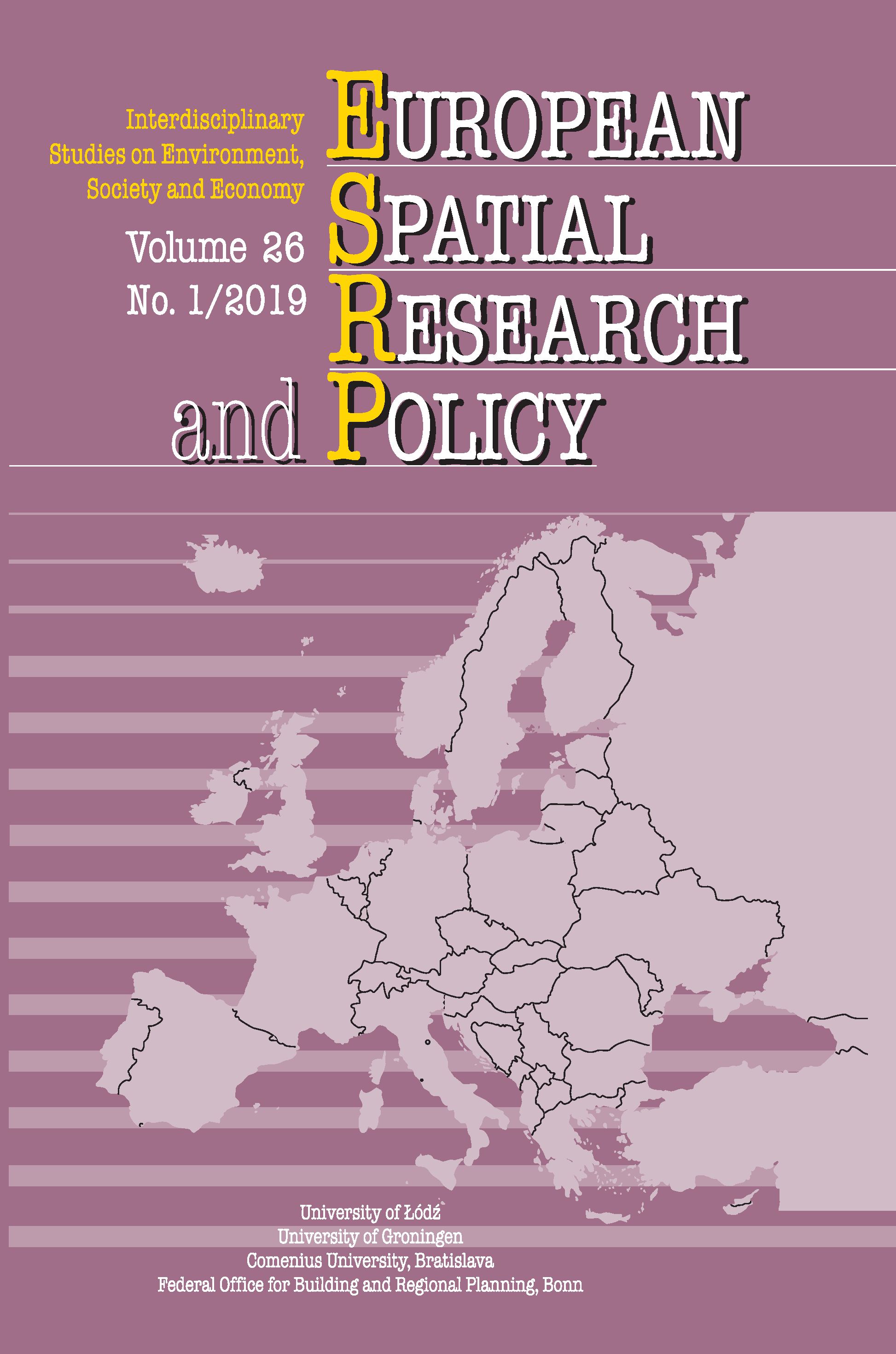Containerisation in the Baltic Sea region: development, characteristics and contemporary organisation
Containerisation in the Baltic Sea region: development, characteristics and contemporary organisation
Author(s): Arnaud SerrySubject(s): Applied Geography, Transport / Logistics
Published by: Wydawnictwo Uniwersytetu Łódzkiego
Keywords: the Baltic Sea;containerisation;ports;maritime transport
Summary/Abstract: The main focus of the paper is on the container system development in the Baltic Sea Region studying cotemporary changes and organisation, as well as explaining the main driving forces of this situation. The Baltic Sea is a transport corridor between Eastern and Western Europe. Over the last decade maritime transport in the Baltic Sea area has changed significantly. The disintegration of the Soviet Union forced Russia to start developing its own Baltic ports and terminals and to find new routes to export its oil and gas. The Baltic ports have welcomed a remarkable growth, especially in oil transportation and containerised flows. The geographical configuration of the region naturally places it away from major global shipping lines. This situation is accentuated by the organisation of maritime regular lines, centred in Northern European ports. For this reason, the regional container network is mainly made up of feeder services.
Journal: European Spatial Research and Policy
- Issue Year: 26/2019
- Issue No: 1
- Page Range: 9-25
- Page Count: 17
- Language: English

